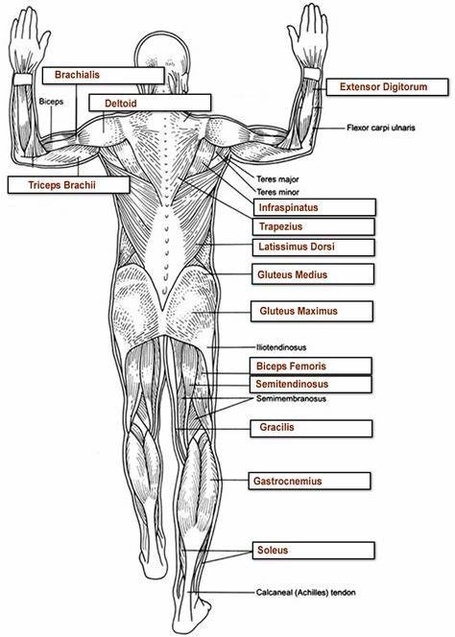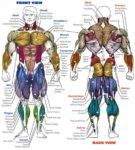Human Heart Anatomy Description
The human heart, a muscular organ located between the lungs and slightly to the left of the center, is the main organ of the circulatory system. It is composed of muscle tissue called myocardium, which acts like an engine that pumps blood. The heart is divided into four chambers: two atria (upper chambers) and two ventricles (lower chambers).
The heart’s structure can be likened to a building, with walls, chambers that are like rooms, valves that open and close like doors to the rooms, blood vessels like plumbing pipes that run through a building, and an electrical conduction system like electrical power that runs through a building.
Heart Walls
The heart walls are the muscles that contract (squeeze) and relax to send blood throughout your body. A layer of muscular tissue called the septum divides your heart walls into the left and right sides. Your heart walls have three layers: Endocardium (inner layer), Myocardium (muscular middle layer), and Epicardium (protective outer layer).
Heart Chambers
Your heart has four separate chambers. You have two chambers on the top (atrium, plural atria) and two on the bottom (ventricles), one on each side of your heart. The two atria act as receiving chambers for blood entering the heart; the more muscular ventricles pump the blood out of the heart.
Heart Valves
The heart valves ensure that the blood keeps flowing in the right direction. They act like doors, allowing blood to flow from the atria to the ventricles, and from the ventricles into the two main arteries (the pulmonary artery and the aorta), but not the other way around.
Blood Vessels
The blood vessels, including arteries and veins, connect to the heart, carrying blood throughout the body. The superior vena cava carries venous blood from the head, chest, and arms, while the inferior vena cava carries blood from the abdomen, pelvic region, and legs.
Electrical Conduction System
The heart beats due to electrical impulses. These impulses cause the heart muscle to contract, pumping blood through the heart’s chambers. The brain and nervous system direct your hearts function.
Function of the Heart
The heart’s main function is to move blood throughout your body. Blood brings oxygen and nutrients to your cells. It also takes away carbon dioxide and other waste so other organs can dispose of them.
In conclusion, the human heart, with its complex structure and intricate functions, serves as the vital engine that powers the circulatory system. Its continuous and coordinated efforts ensure the delivery of oxygen and nutrients to every cell in the body, highlighting its indispensable role in sustaining life..


